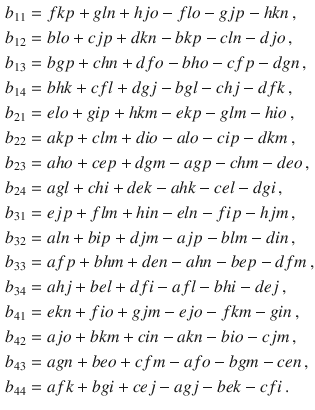Javanbakht Zia - Computational Statics Revision Course
Here you can read online Javanbakht Zia - Computational Statics Revision Course full text of the book (entire story) in english for free. Download pdf and epub, get meaning, cover and reviews about this ebook. City: Cham, year: 2018, publisher: Springer International Publishing : Imprint : Springer, genre: Home and family. Description of the work, (preface) as well as reviews are available. Best literature library LitArk.com created for fans of good reading and offers a wide selection of genres:
Romance novel
Science fiction
Adventure
Detective
Science
History
Home and family
Prose
Art
Politics
Computer
Non-fiction
Religion
Business
Children
Humor
Choose a favorite category and find really read worthwhile books. Enjoy immersion in the world of imagination, feel the emotions of the characters or learn something new for yourself, make an fascinating discovery.
- Book:Computational Statics Revision Course
- Author:
- Publisher:Springer International Publishing : Imprint : Springer
- Genre:
- Year:2018
- City:Cham
- Rating:5 / 5
- Favourites:Add to favourites
- Your mark:
Computational Statics Revision Course: summary, description and annotation
We offer to read an annotation, description, summary or preface (depends on what the author of the book "Computational Statics Revision Course" wrote himself). If you haven't found the necessary information about the book — write in the comments, we will try to find it.
Javanbakht Zia: author's other books
Who wrote Computational Statics Revision Course? Find out the surname, the name of the author of the book and a list of all author's works by series.



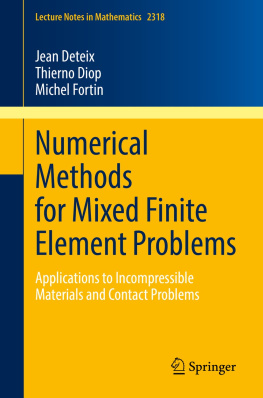

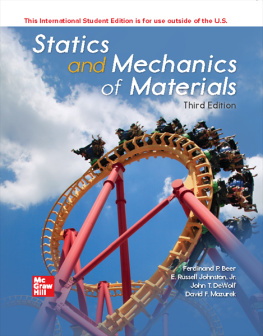
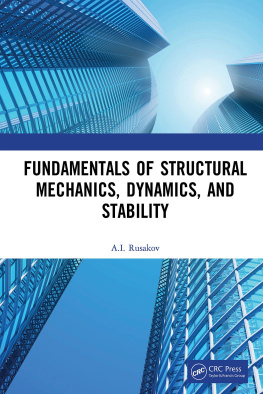
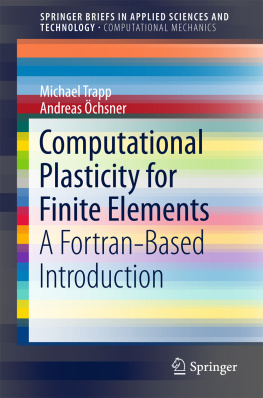
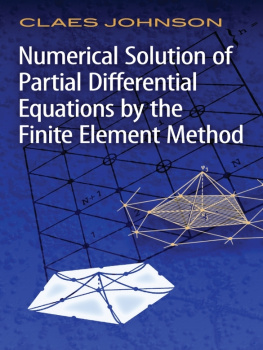
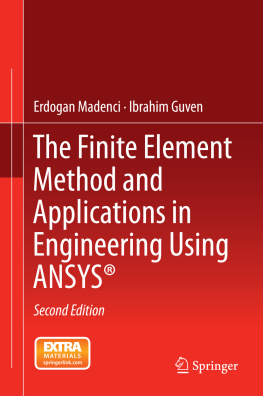
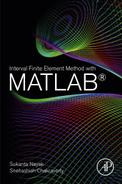

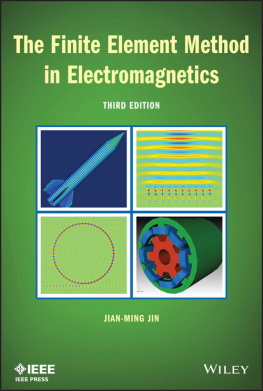

 . One of the classical approaches, the so-called Gaussian elimination, requires a gradual addition or subtraction of single equations in order to achieve a triangular structure at which the last equation contains only a single unknown. Back substitution allows to determine the remaining unknowns. Such a final structure may look as follows:
. One of the classical approaches, the so-called Gaussian elimination, requires a gradual addition or subtraction of single equations in order to achieve a triangular structure at which the last equation contains only a single unknown. Back substitution allows to determine the remaining unknowns. Such a final structure may look as follows: 
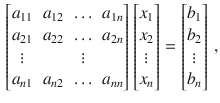

 , allows to solve the system:
, allows to solve the system: 


 is the identity matrix. It will be seen in the following chapters that the coefficient matrix
is the identity matrix. It will be seen in the following chapters that the coefficient matrix  corresponds to the so-called stiffness matrix
corresponds to the so-called stiffness matrix  , the column matrix
, the column matrix  to the matrix which contains the degrees of freedom (
to the matrix which contains the degrees of freedom (  ), and the right-hand side to the matrix which contains the nodal loads (
), and the right-hand side to the matrix which contains the nodal loads (  ). The application of Eq. () requires the calculation of the inverse of a matrix. This can be done for matrices of smaller dimensions as follows :
). The application of Eq. () requires the calculation of the inverse of a matrix. This can be done for matrices of smaller dimensions as follows : Equation for a
Equation for a  matrix:
matrix: 
 Equation for a
Equation for a  matrix:
matrix: 

 Equation for a
Equation for a  matrix:
matrix: 

